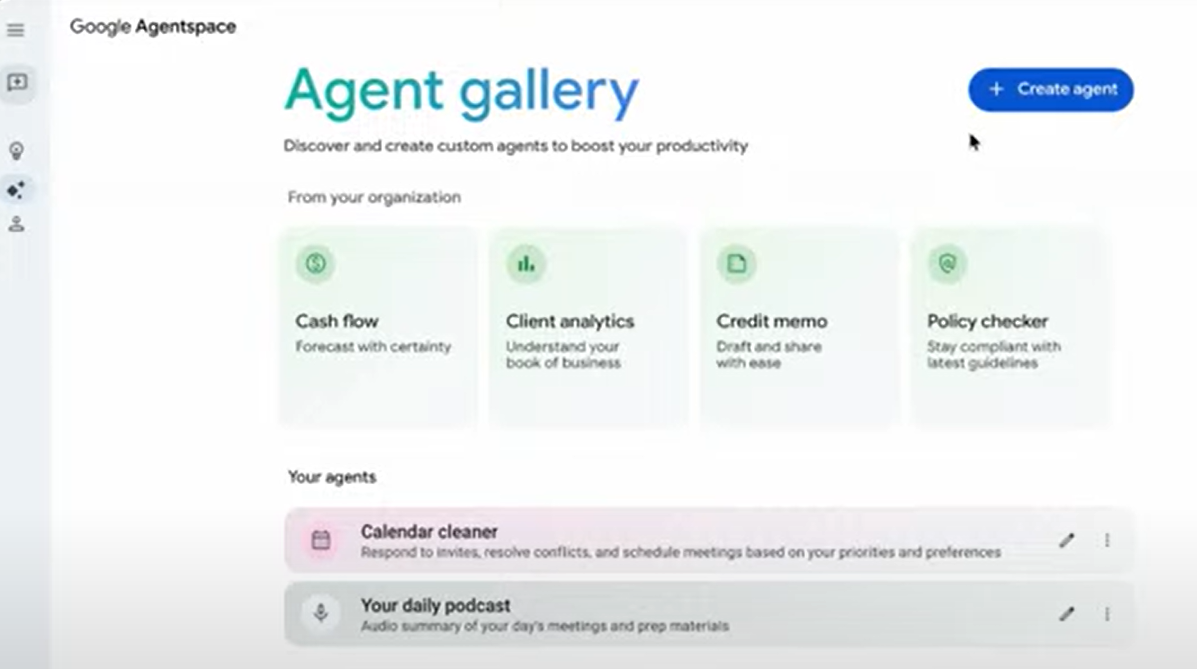Google Cloud CTO Will Grannis said multimodal models including ones learning how to smell, AI agents at scale that will break down enterprise silos and continually optimized compute will usher in new experiences.
Grannis, speaking at an analyst summit at Google Cloud Next, said the company is pacing disruption and transformation based on a confluence of technologies cloud, generative and agentic AI, and multimodal model advances with reasoning
"A year ago, customers talked about getting started with generative AI. This year is about scale and agents," said Grannis. "The work we do is an early signal on where technology is headed. We don't do demos, we do engineering proofs. We are seeing a confluence of events."
More from Google Cloud Next:
- Google Cloud Next 2025: Agentic AI, Ironwood, customers and everything you need to know
- Lloyds Banking Group bets on Google Cloud for AI-driven transformation
- Healthcare leaders eye agentic AI as next frontier for clinicians, patients
- Google Cloud, UWM partner as mortgage battle revolves around automation, data, AI
- Lowe's eyes AI agents as home improvement companion for customers
Google, through Google Cloud, Google DeepMind and Google Labs, is leaving breadcrumbs on where the enterprise is headed through its research. Here's a look at where Google Cloud is placing its bets and why enterprises should pay attention as they cook up new experiences and use cases.
Multimodality. Grannis said models will continue to improve and they are quickly becoming "able to understand and control tings in the physical world." "Enterprises are dreaming up new scenarios and customer experiences that two to four years ago were impossible," said Grannis, who noted Google is focusing on bleeding-edge multimodal models including Veo 2, Lyria and Chirp.
Scale. Grannis said Google Cloud "thinks about scale up front and tries to bake it in at the beginning." By engineering well in the beginning, new use cases for something like AI agents can emerge faster because you won't have to retrofit an infrastructure in case something scales.
"Agents are in early stages right now and starting to be proven out," said Grannis. "MCP works well but AI agents need to scale out with authentication, stability, reliability."
Google Cloud's Agent2Agent protocol is a step in scaling agents. "Interoperability is super important. We're doing what we did with Kubernetes and TensorFlow--drive the industry forward with partners so a single agent can turn into clouds of connected agents," said Grannis.
What does agentic AI at scale look like? "Think of a procurement agent that can go and negotiate contracts for a customer and do it well if game theory is baked in," said Grannis. Today, that procurement agent will require instrumentation and multiple parties. "Bots are actually customers and partners trying to interact," explained Grannis. "Rethink how to create digital experiences."

Optimization. Grannis said Google Cloud over time is continually refining and improving. For instance, Google is on its 7th version of TPUs in eight years. "We're still getting exponential increases every year," he said.
Grannis said his most underrated announcement at Google Cloud Next 2025 is Cloud WAN, which is a service that makes Google's high-speed, low-latency network available to enterprises. "Cloud WAN is a big deal because it allows you to transit over the high performance network of Google and its consistent over geographies. It's one of the hardest optimizations to run," said Grannis, noting that Google Distributed Cloud with Google AI and Nvidia baked in is critical too.
Silo busting. Grannis said the horizontal approach to AI agents is critical for breaking down silos--data and work streams. "Agentspace is profound because it can create agent AI for everyone. Employees are getting a boost in creativity and usage," said Grannis, who noted that there is a lot of creativity that is pent up and can be freed as agents break down corporate silos.
Already, Google Cloud cited multiple Agentspace integrations and customer use cases. Culturally, Grannis said this silo busting may be the biggest disruption.


